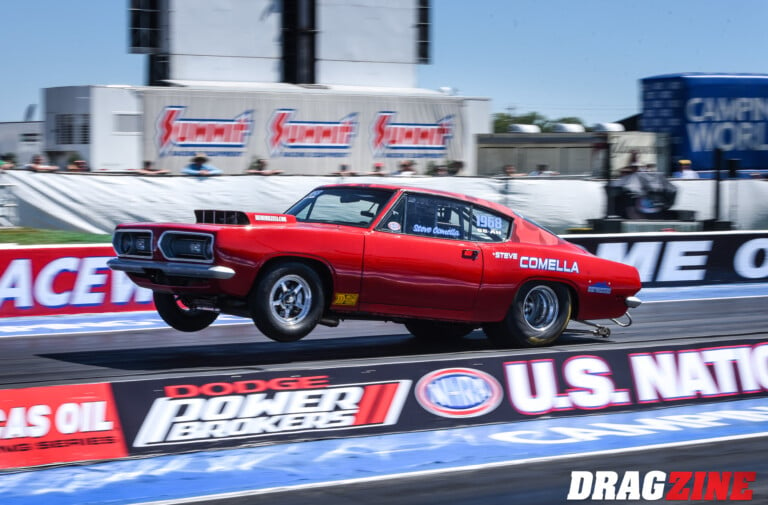The guts of an engine dominated the afternoon session on day 2 of the 2013 Advanced Engineering Technology Conference held in Indianapolis before the PRI Show opens. Bill McKnight of Mahle Clevite discussed “The Science of Bearings and How They Can Be Optimized to Maximum Performance” while Stephen Golya and Dane Kalinowski of JE Pistons talked about “The Design and Analysis of High Performance Rotating Assemblies.”
In starting the discussion, McKnight said bearings and their respective crank/rod journals ideally would operate under “hydrodynamic” conditions — that is, a film of oil completely separates the moving parts. In a “boundary” condition, the film thickness is about the same as the surface roughness of the metal parts and there is some metal contact. This situation typically occurs during start up or at certain times of high-performance engine operation.
“That’s when we sell lots of parts,” says McKnight.
The third lubrication situation is mixed, where the bearing and journal move between hydrodynamic and boundary — such as low speed with a high load.
“NASCAR restrictor plate also engines see this a lot,” adds McKnight.
With numerous bearing choices — either in design or materials choice — McKnight says engine builders need to recognize that there is no perfect bearing for any condition. Instead, there is a balancing act between soft bearings that offer conformability and harder bearings that have load-carrying capacity.
 “Everything is a compromise in the bearing business,” he says, “and it’s often skewed towards the biggest need.”
“Everything is a compromise in the bearing business,” he says, “and it’s often skewed towards the biggest need.”
A number of design and construction trends can be found in Clevite bearings, says McKnight, ranging from bimetal to PbFree composite and up to polymer overlay. One of the most popular for racers is the trimetal H series that has a copper-lead intermediate layer and a lead-tin-copper overlay.
Another key element to bearing design is crush, or adding .002 to .004 more metal than the percent half circle to each bearing. As the bolts are tightened, bearings compress like springs, and this action keeps the bearings in place.
“Race bearings are high crush, so don’t add more,” warns McKnight.
What’s new in bearing clearances?
Determining bearing clearance was a major topic of discussion. Low clearances help the journal match the curvature of the bearing while high clearances concentrates the load over a smaller area of the bearing.
“By and large, lower is better. Generally you start with .0007 to .001 per 1 inch of shaft diameter, then add .0005 inch for a performance engine,” suggests McKnight. “Then you can work down from there as experience dictates.”
Of course, as the bearing clearances get tighter, thinner oil is required.
On the piston side, Golya and Kalinowski provided and insiders look at the design and development of pistons, taking a specific look at the new asymmetrical line for LS engines. JE has numerous aluminum alloys from which to choose, and they can start with a forging or billet. Then work can start with computer modeling and simulation software.
“We us analysis tools to help us understand the piston and engine environment,” says Golya “Then we can create a design special to the material. There’s no need to take a racing compound if you’re only cruising Route 66.”
Design goals are usually set up front for specific applications, as was the motivation for the LS asymmetrical piston.
“We could see that the loads on the major thrust side of the piston are about three times greater than the minor thrust side,” says Kalinwoski.
Designs were suggested and changes made in the computer before prototypes were made and tested and then approved for production. JE’s extensive manufacturing facilities boast more than 100 CNC machines with the capacity to produce up to 1,000 pistons per day.






















